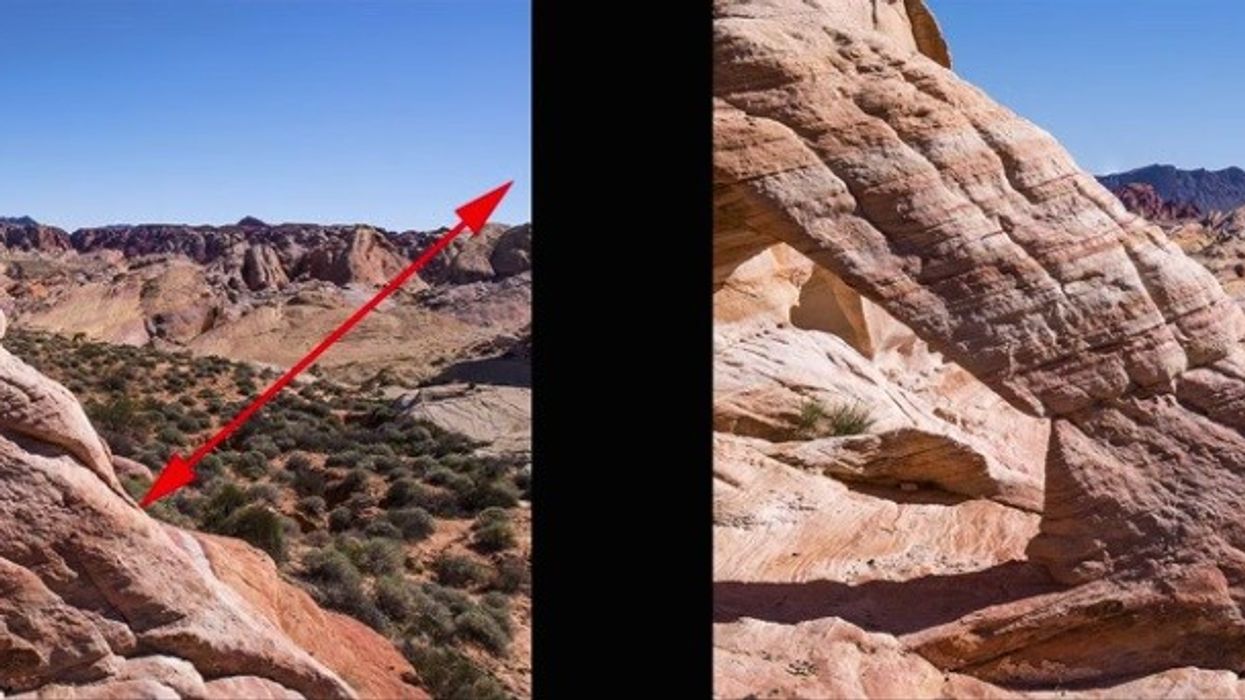Tutorial: Master the Concept of Perspective & Take Your Footage to the Next Level

When you first start shooting photos and videos, understanding the basic differences between lenses is pretty simple -- the way your images change between a wide angle and telephoto lens, for example, is overt. However, learning how to use perspective and field of view to your image's advantage can really help you capture the look you're going for, and Steve Perry shows you how to do that (using landscapes as an example) in this tutorial. Find out how to utilize the concept of perspective in order to become more intentional as you capture your shots.
Lenses are powerful, powerful tools that can govern the look and cinematic quality of your footage -- most know that. They can control how much depth of field you can capture, as well as how much light will be available for an exposure. These are all very basic things that you will (or have) learned as you get started, but there are some more advanced image capturing concepts that once learned, will help you take your footage to the next level.
Perry demonstrates the concept of perspective with a focus on landscapes -- landscape photography, actually. However, his tips definitely transfer over to all different types of filmmaking. And when we talk about perspective, we don't just mean the view from where you place your camera, like a high angle wide shot for example. We're talking about how large or small foreground and background elements appear, as well as how near and far apart those elements seem to be within the frame.
By watching the tutorial below, you'll be able to see how to make subtle changes to your images when using wide angle, long focus, and zoom lenses in order to truly be the master of what you capture.
What are your thoughts on the tutorial? Do you have any tips on how to better understand the concept of perspective? Let us know in the comments below!
[via Steve Perry & Filmmaker IQ]














